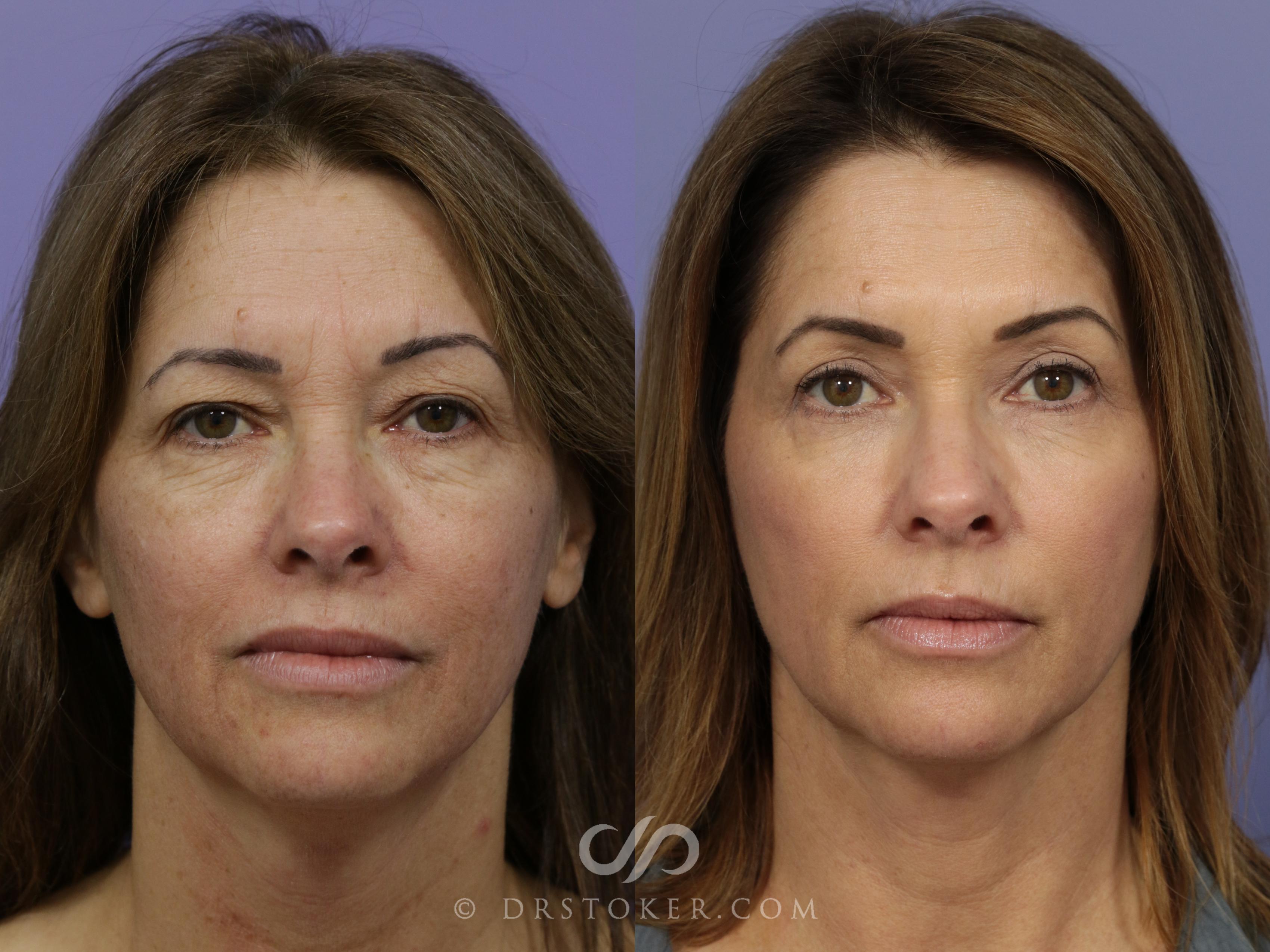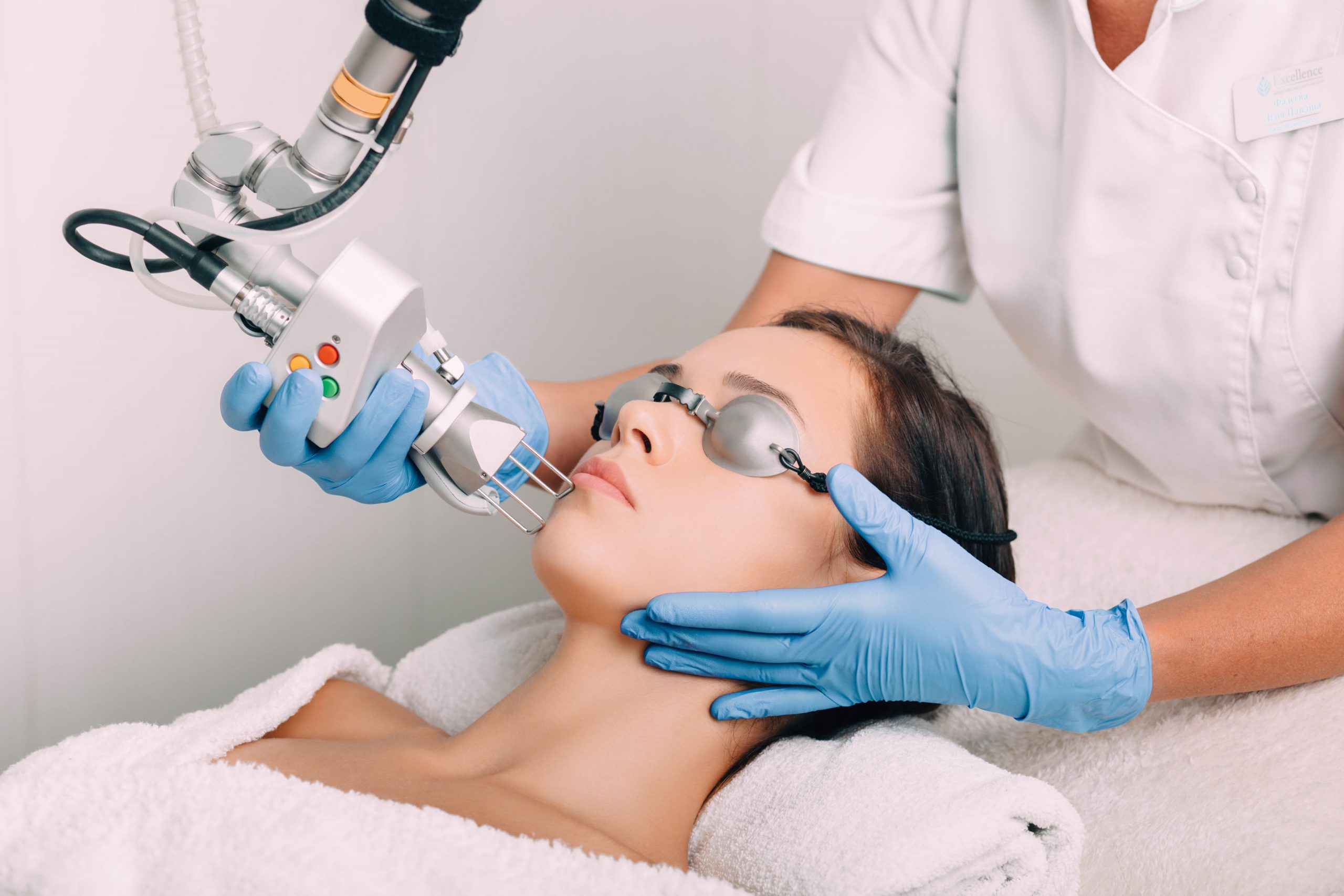A Biased View of Laser Skin Treatments
A Biased View of Laser Skin Treatments
Blog Article
Laser Skin Treatments - An Overview
Table of ContentsThe Buzz on Laser Skin TreatmentsThe Facts About Laser Skin Treatments RevealedSee This Report on Laser Skin TreatmentsSome Known Facts About Laser Skin Treatments.The Ultimate Guide To Laser Skin TreatmentsSome Ideas on Laser Skin Treatments You Need To Know
Any individual that wishes to make changes to his/her skin can be a candidate for laser skin resurfacing. In a lot of cases, the power part of the laser is targeted in the direction of the pigment, or color, in your skin and capillary. This is why darker-skinned patients with more melanin in their skin demand to be much more mindful as aggressive laser treatments can inadvertently overtreat the skin, developing issues.
The warm and the elimination of the skin also boosts the growth of brand-new, more youthful looking skin cells. There is likewise a much less intensive process in which the laser simply warms up the skin, instead of actually getting rid of the outer layer. The warm stimulates the skin cells which thicken your collagen.
The Only Guide for Laser Skin Treatments
After the treatment, your dealt with locations will be dealt with and wrapped to make certain a prompt recuperation. There are several benefits to laser skin resurfacing, yet the three most significant benefits are: The first benefit of skin resurfacing is that the procedure is simple and fast. It usually just lasts between thirty and forty-five minutes, depending on what you need done.

Ultimately, the reason you undergo the laser skin resurfacing procedure is to eliminate any type of issues with your skin to make sure that your skin looks great. Resurfacing can give you the most efficient results for this. Unlike base and skincare lotions, this procedure will actually completely change your skin, eliminating anything unfavorable to offer you the results you are seeking.
Excitement About Laser Skin Treatments
By getting rid of the external layer of skin, your wrinkles will certainly not have actually been momentarily tightened, or loaded, however they will have been entirely eliminated! This means that your skin itself looks extraordinary, and it does not require to be concealed by a countless variety of products. Laser Skin Treatments. Since the leading layer of skin is removed, totally brand-new skin will change it
It has not experienced the damage of that skin, and looks vibrant because it is younger! This treatment basically gives you new, more youthful skin. The heat from the laser promotes your skin cells which subsequently thicken your collagen. Collagen is the protein which offers your body strength and framework.
This is possibly the link best benefit of laser skin resurfacing. Your make overs are never short-lived. The procedure is lasting and the impressive results will not fade overnight like so many various other skincare remedies. Unlike with face creams or bases, with resurfacing, the outcomes are long-term. You have a new layer of skin and the marks and imperfections of your previous skin will certainly not return.
The Basic Principles Of Laser Skin Treatments

Historically, many laser study focused on ablative lasers, which get rid of part of the epidermis. According to Richey, a significant improvement in this field is the shift in the direction of non-ablative fractional lasers.
The 2 major wavelengths made use of in these lasers are the 1927 nanometer and the 1550 nanometer fractional non-ablative lasers. Both lasers have shown efficacy in protecting against skin cancers while boosting general skin look and health.
The Main Principles Of Laser Skin Treatments
She noted, "When we do these fractional lasers, they enhance something called insulin-like development aspect [IGF] in your skin. Laser Skin Treatments. IGF is anti-carcinogenic, so we think perhaps that is just one of the devices where you can try this out the laser prevents skin cancers cells, but it likewise aids your general skin wellness. To make sure that, mixed with this home heating of your skin that produces an injury healing feedback may suggest that your skin is better at recovery, however we can't truly state that definitively today."The efficiency of non-ablative fractional lasers in varied skin types is one more crucial benefit.
4 Discussing the future of laser treatments in dermatology, Richey revealed positive outlook concerning their duty in preventing skin cancer. "In the most recent studies, and this mostly appeared of Matt Abram and Brian Hibler over at Mass Gen, they located that individuals who got even just 1 of these non-ablative, fractional laser therapies were half as likely as their equivalents to obtain an additional skin cancer cells over a 6-year period," she shared.
Some Known Incorrect Statements About Laser Skin Treatments
"I wouldn't always now use lasers to treat what we understand is a skin cancer cells on someone's face, however I do think that day is coming," she stated. In the meantime, standard approaches like Mohs surgical treatment remain the gold standard for higher-risk tumors and those located on vital locations such as the face or hands."I see [non-ablative fractional lasers] as playing an impressive function in terms of skin cancer cells prevention.
US Department of Wellness and Person Services. The Surgeon General's telephone call to activity to avoid skin cancer cells. Washington (DC): Workplace of the Doctor General (United States); 2014. Skin Cancer as a Major Public Wellness Problem. Readily available from: JA, McDaniel DH, Bloom BS, Reddy KK, Bernstein LJ, Geronemus RG. Nonablative 1927 nm fractional resurfacing for the therapy of facial photopigmentation.
2014; 13( 11 ):1317 -1322. Friedman P, Chapas A, Kilmer S, et al. Enhancing End results With the 1550/1927 nm Twin Wavelength Non-Ablative Fractional Laser: Experienced Individual Recommendations. J Medications Dermatol. 2021; 20( 11 ):1150 -1157. doi:10.36849/ jdd. 6181Gupta AK, Bharadwaj M, Mehrotra R. Skin Cancer Problems in People of Shade: Threat Factors and Avoidance. Asian Pac J Cancer Cells Prev. 2016; 17( 12 ):5257 -5264.
Report this page